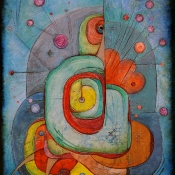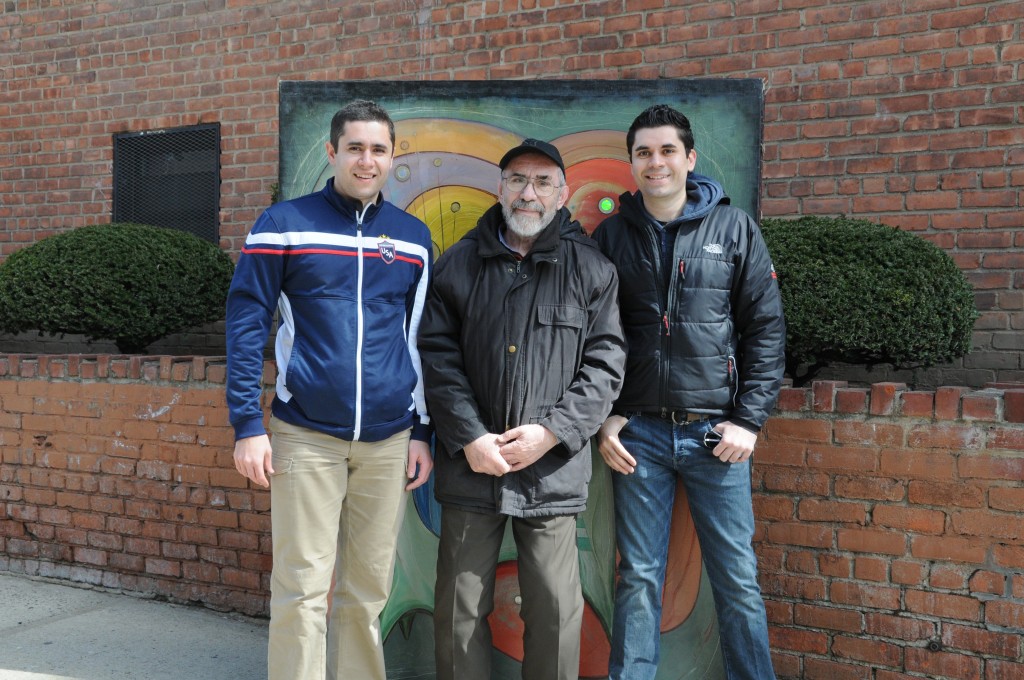May 01 2013
May 10 2012
Alexander Kedrin Interview – In New York with Victor Topaller (RTVi)
Alexander Kedrin Interview - In New York with Victor Topaller (RTVi)
Apr 23 2011
New Gallery Update
Sep 12 2009
Works from the 1950’s
Early works from the 50's were more representational.
" In the 1950's and 1960's I was in my 20's and I've tried to make a living as a painter. I painted stillife pieces which were sold through an art studio (which was state-sanctioned gallery ran through the artists' union). I painted several stillifes on canvas and brought them to the art studio, and they sold righ away."
"The pay was miserable, and this income was not consistent. So I have decided to earn more through ceramics. I started to learn more about ceramics, built the necessary equipment in my art studio, including the ovens. Ceramics was never utilitarian to me."
"Every plate I made, however I used as a flat surface, akin to canvas, so every plate was a canvas/cardboard. I thought of ceramics the same way i thought of painting. I understood that in ceramics I was allowed to do what I was not allowed to do in painting (since within the Soviet Union abstract art was pretty much unlawful, with the only type of painting allowed - social realism - the painting style of the Party. Anyone not adhering to the style was destroyed (somtimes literally)). So I found ceramics to be as an "outlet." The Communist and KGB leaders which would oversee every aspect of Soviet life at the time would consider ceramics as "craft" or "folk" art. Because of this, in ceramics I could be an abstract paintert that I could not be. My ceramics were not figurative and I could be true to myself and escape the constraints emposed on artists at the time. In the Soviet Union avant-garde painting was forbidden. Even impressionists were considered "avant-garde." Natural forms and social realism were favored." - Alexander Kedrin
Sep 10 2009
New Video to be online shortly
This is part 1 of the 4-part video to be uploaded . It is entirely in Russian, I will try to add subtitles later.



















